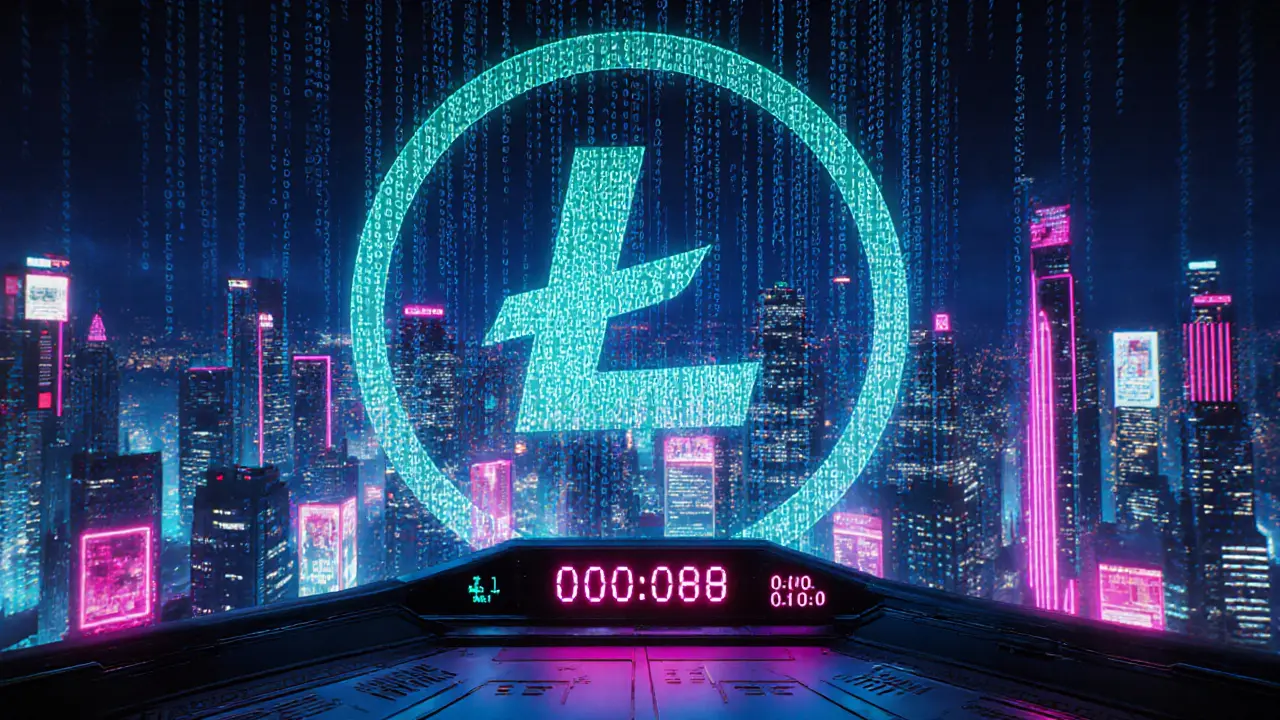Litecoin Halving: What It Means for Miners, Investors, and the Crypto Market
When talking about Litecoin halving, the scheduled cut in the block reward that occurs every 840,000 LTC blocks (roughly every four years). Also known as LTC halving, this event directly reduces the number of new Litecoins entering circulation and forces the network to adjust miner incentives. Think of it as a built‑in supply‑control mechanism that keeps Litecoin’s inflation in check, much like a thermostat that lowers the heat when the room gets too warm.
Litecoin itself, marked up the first time below, is a peer‑to‑peer cryptocurrency launched in 2011 as a faster, lighter version of Bitcoin. Litecoin, a Proof‑of‑Work coin that uses the Scrypt algorithm and aims for a block time of 2.5 minutes. The halving, an event that halves the block reward is a core part of Litecoin’s monetary policy. When the reward drops, miners receive fewer LTC per block, which in turn can tighten supply and influence market dynamics. The relationship can be expressed as: Litecoin halving encompasses a reduced block reward, and that reduction requires miners to rely more on transaction fees to stay profitable.
The block reward, the newly minted coins awarded to the miner who solves a block is the most visible metric that changes during a halving. Before the 2023 halving, miners earned 12.5 LTC per block; after the event, that figure fell to 6.25 LTC. This 50 % cut does three things at once: it lowers the net inflation rate, it forces a shift in miner revenue composition, and it often triggers a short‑term price rally as market participants price in the tighter supply. At the same time, the network’s mining difficulty, a measure of how hard it is to find a valid block hash automatically readjusts to keep block times stable. The halving influences mining difficulty indirectly because fewer coins can make mining less attractive, prompting miners to either upgrade hardware or exit, which then causes difficulty to fall until equilibrium returns.
Why the halving matters right now
From a market perspective, each Litecoin halving has historically been a catalyst for price movement. The reduced supply curve meets demand that often stays steady or grows, leading to upward pressure on LTC’s price. Investors watch the lead‑up period for signs of capital inflow, while traders look for volatility spikes to capture short‑term gains. Moreover, the halving creates a ripple effect on the broader crypto ecosystem: Bitcoin’s own halving cycles tend to set a market tone, and Litecoin’s schedule, offset by roughly two years, offers an additional data point for analysts. The event also reshapes the economics for mining pools, who must balance the lower reward with higher electricity costs and the need for more efficient Scrypt ASICs. In short, the halving requires miners to adapt, enables price speculation, and connects to larger market narratives about scarcity and decentralization.
Below you’ll find a hand‑picked set of articles that dive deeper into these themes—ranging from technical breakdowns of how halving works, to security tips for miners, to market analysis that puts the upcoming LTC halving in context with other crypto events. Whether you’re a miner planning your next hardware upgrade, an investor looking for timing cues, or just curious about how supply dynamics shape the crypto world, this collection gives you the practical insights you need to stay ahead.




